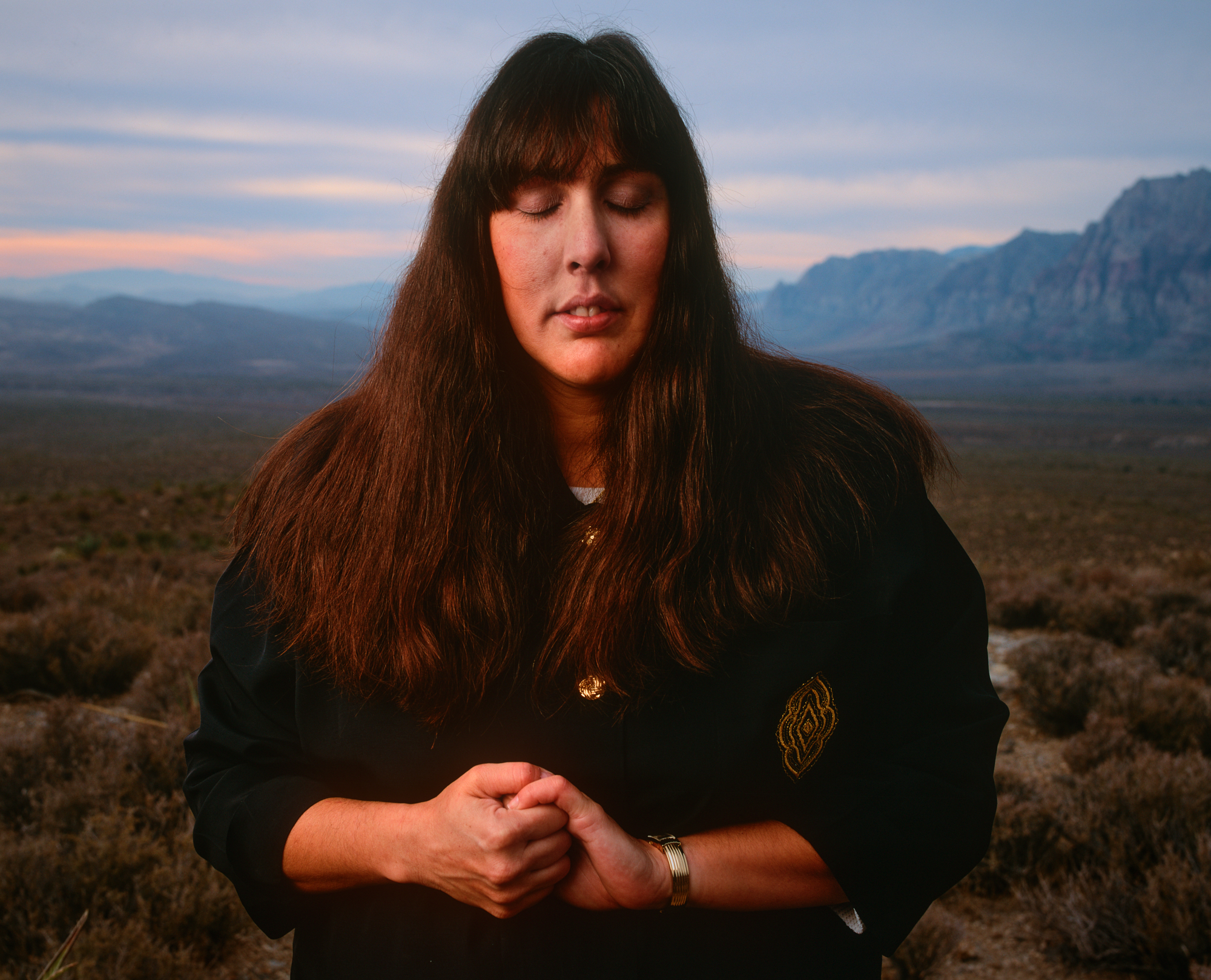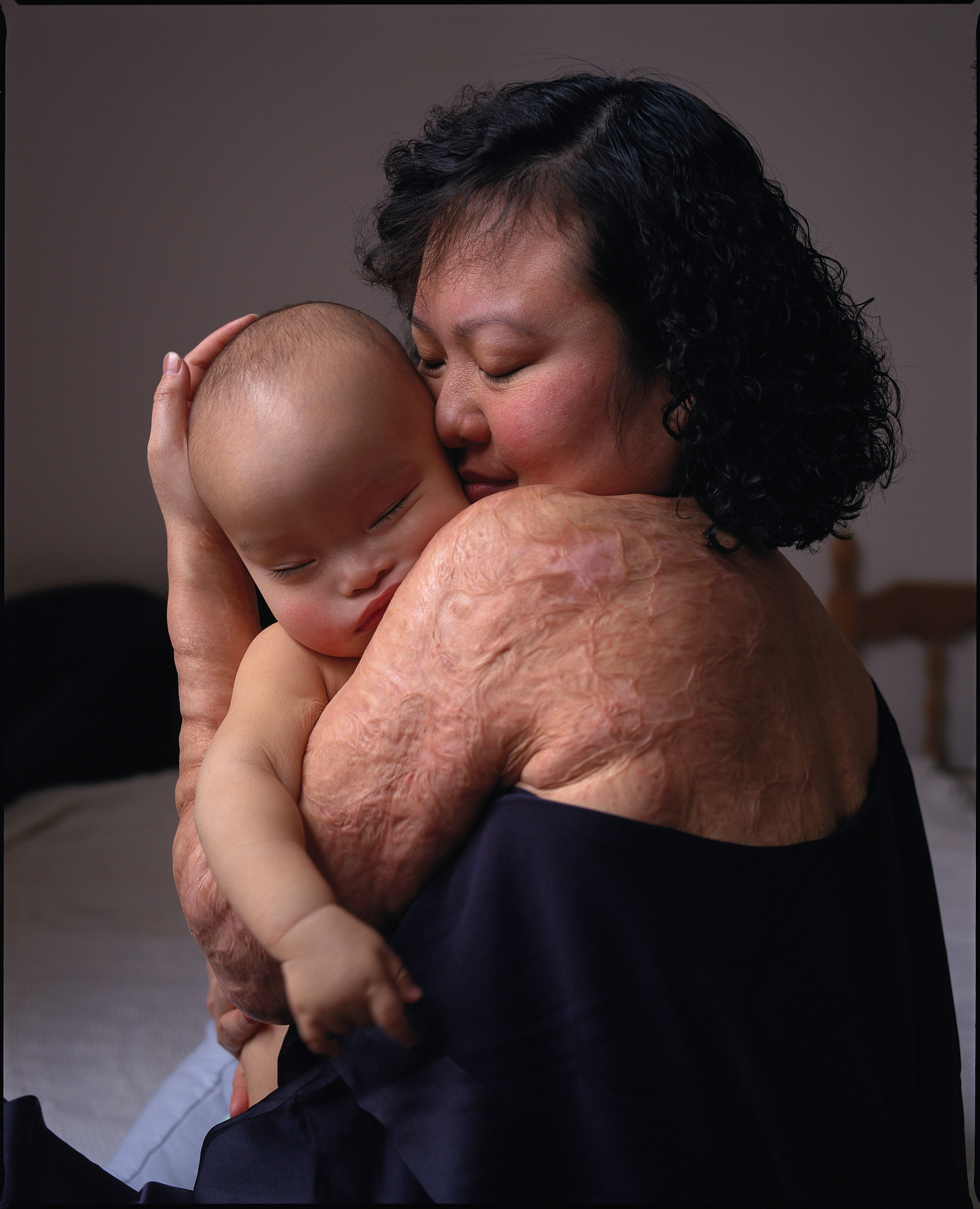Via Reporters Committee For Freedom of The Press
May 12, 2021
The fourth annual report reveals the startling extent of police violence against journalists during a year of protest.
In 2020, journalists and news organizations across the United States faced record numbers of physical attacks, arrests and cases of equipment damage, as well as many other press freedom violations, according to the Reporters Committee’s fourth annual report analyzing data from the U.S. Press Freedom Tracker.
More than two dozen press freedom organizations, including the Reporters Committee, launched the U.S. Press Freedom Tracker in 2017 to document threats against press freedom nationwide. The Reporters Committee analyzes the Tracker data each year to assess what it means for our pro bono work as the only national legal services organization focused on protecting the newsgathering rights of journalists.
The full 2020 report can be found at this link, but here are five key takeaways:
1. Police were responsible for the vast majority of attacks on journalists — and appeared to frequently target them at Black Lives Matter protests
Journalists faced a record 438 physical attacks last year, 91% of which occurred as they reported on the nationwide racial justice protests that erupted in response to the police murder of George Floyd. Law enforcement officers were responsible for 80% of the assaults at protests, affecting 324 journalists. At least 195 of these journalists appeared to be deliberately targeted by police.Law enforcement officers assaulted reporters with tear gas, batons, pepper balls and rubber-coated bullets, among other weapons. In Oregon, the attacks continued even after a federal judge barred law enforcement from targeting journalists engaged in lawful newsgathering.
2. Journalists faced 15 times as many arrests as the previous year
Journalists were arrested or charged with a crime at least 139 times in 2020. All but 10 of these arrests occurred at Black Lives Matter protests. In many of these cases, the report found, journalists were engaged in lawful newsgathering and clearly identified themselves as members of the news media. A TV journalist for CNN was even handcuffed as he reported live, on-air. No journalists were convicted of a crime, but a reporter in Iowa was forced to stand trial to defend herself against criminal charges. A jury acquitted her in March 2021.
3. Subpoenas reported to the Tracker increased for the third consecutive year
In 2020, journalists again reported a record number of subpoenas (31) to the Tracker. State and local prosecutors subpoenaed journalists for their footage and photos or testimony related to their coverage of Black Lives Matter protests in at least four cases across the country.
Multiple journalists and news outlets also reported receiving subpoenas in relation to government leak investigations. The New York City Police Department subpoenaed two journalists’ records as part of its leak investigations in 2020, and the Department of Homeland Security unsuccessfully tried to subpoena BuzzFeed for information about a journalist’s source. These subpoenas echoed similar efforts by DHS, the Justice Department and San Francisco police in previous years.
4. Journalists were denied access to a wide range of traditionally open government events, often in apparent retaliation for their questions or coverage
The coronavirus pandemic forced large parts of the government’s work to go online. But much of this came at a cost to press access. The Tracker highlighted 11 of the most egregious times when members of the news media were denied access to “government events” that were traditionally open to or attended by the press.
State and local officials denied journalists access to daily court proceedings and a historic impeachment trial. They also deprived journalists of access to COVID-19 briefings and excluded them from media advisory lists in apparent retaliation for their coverage and questions, depriving the public of important information about the pandemic and other important issues.
5. Former President Donald Trump accelerated his attacks on journalists in his last year in office
Former President Trump tweeted a record 632 attacks on the press during his last year in office — the highest count of his term, according to the Tracker — up until Twitter permanently suspended his account due to the “risk of further incitement of violence” after the Jan. 6 insurrection at the U.S. Capitol.
The former president’s chilling statements, some of which were repeated by state lawmakers, included mocking a reporter for being hit with a less-lethal munition, calling it a “beautiful sight.”











